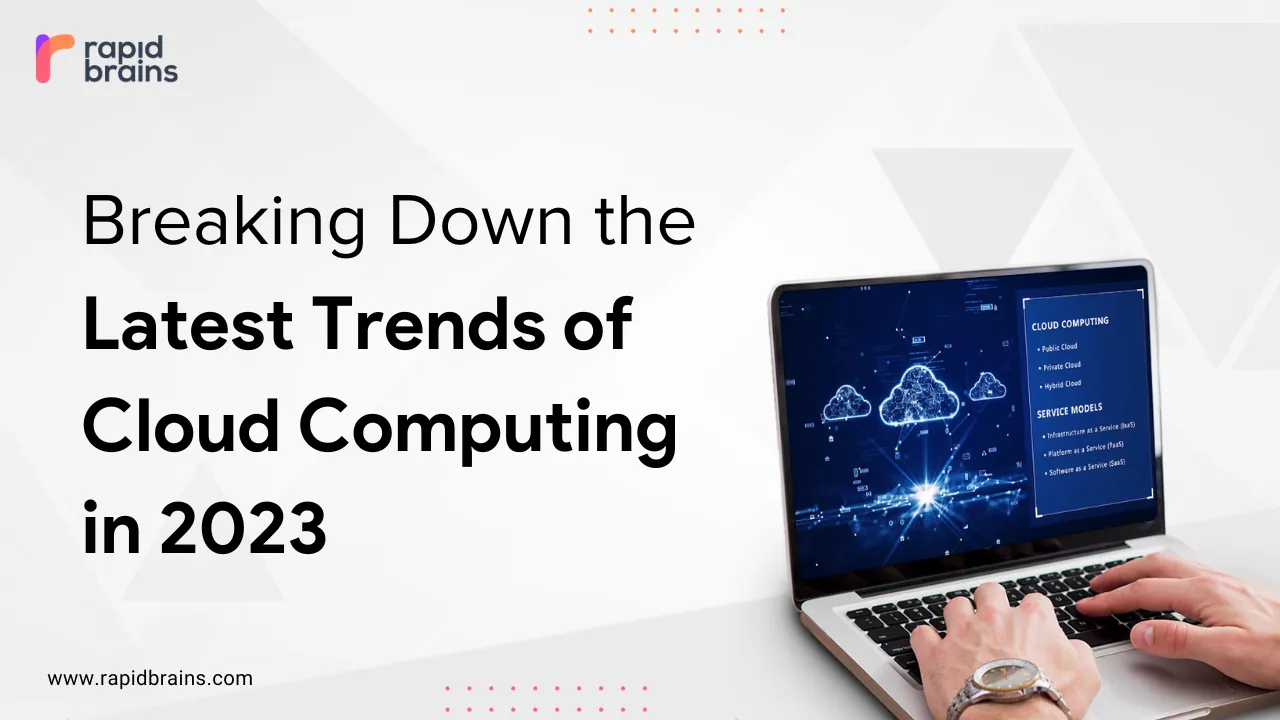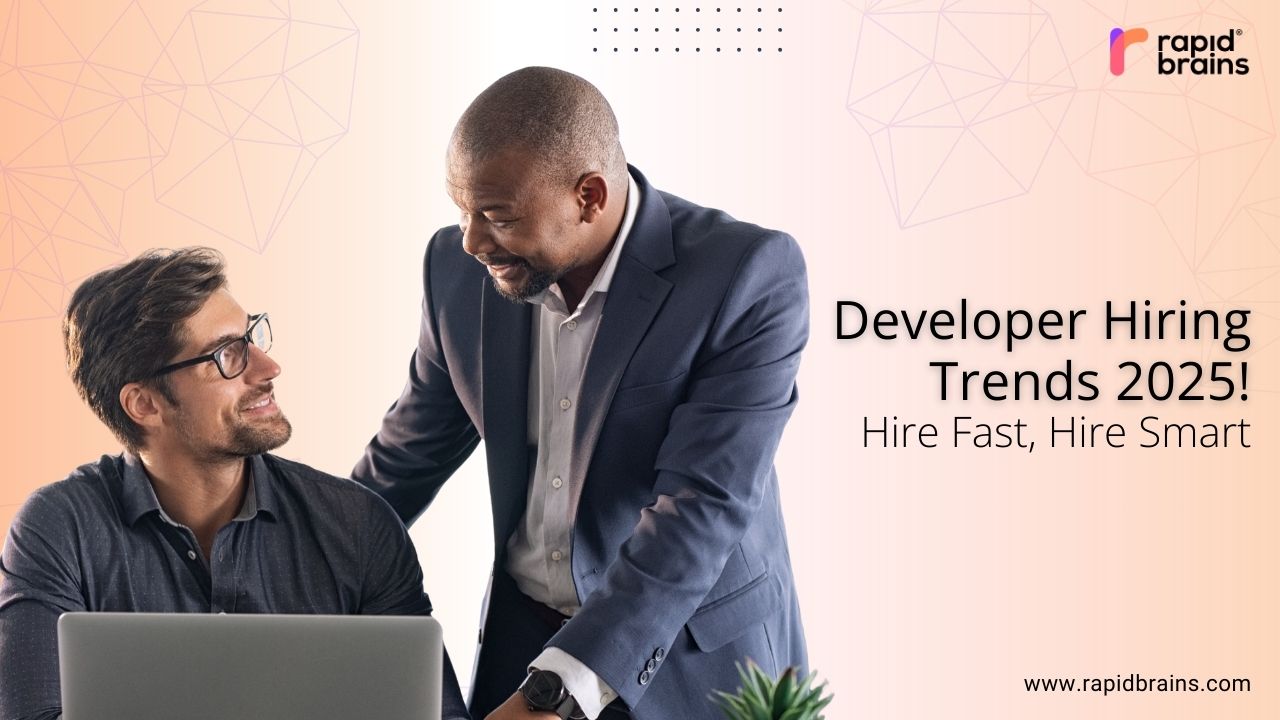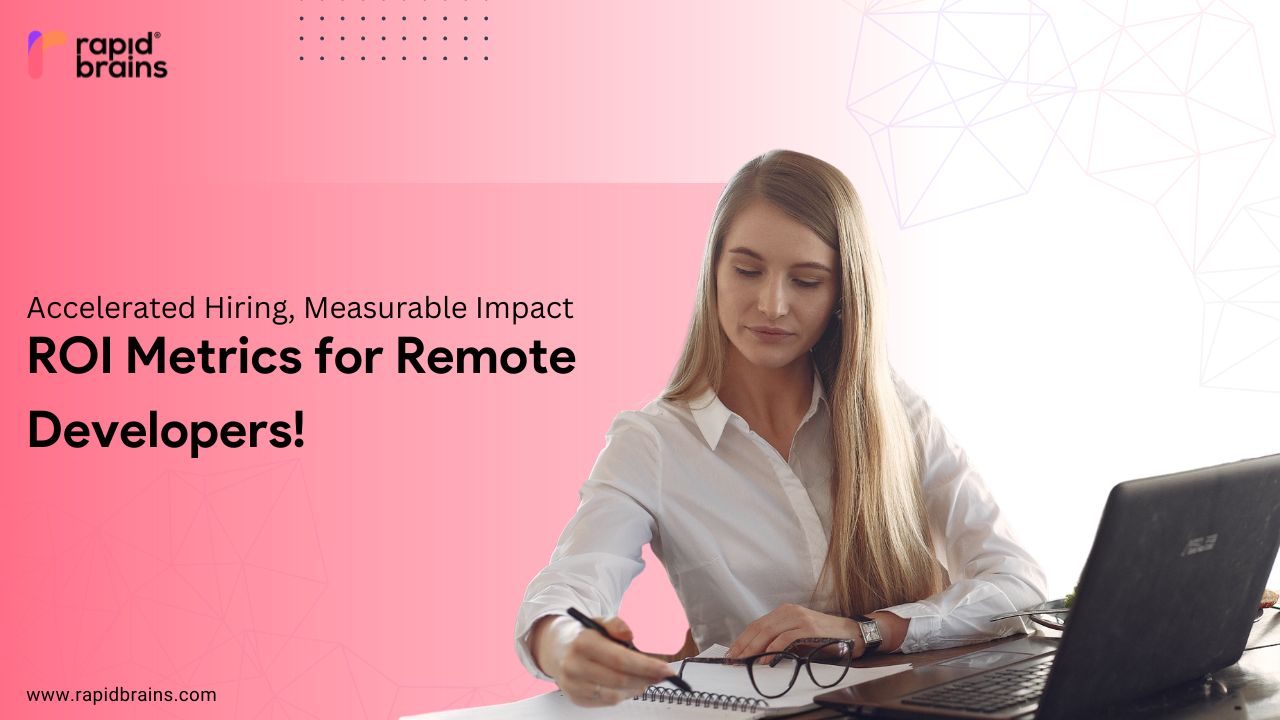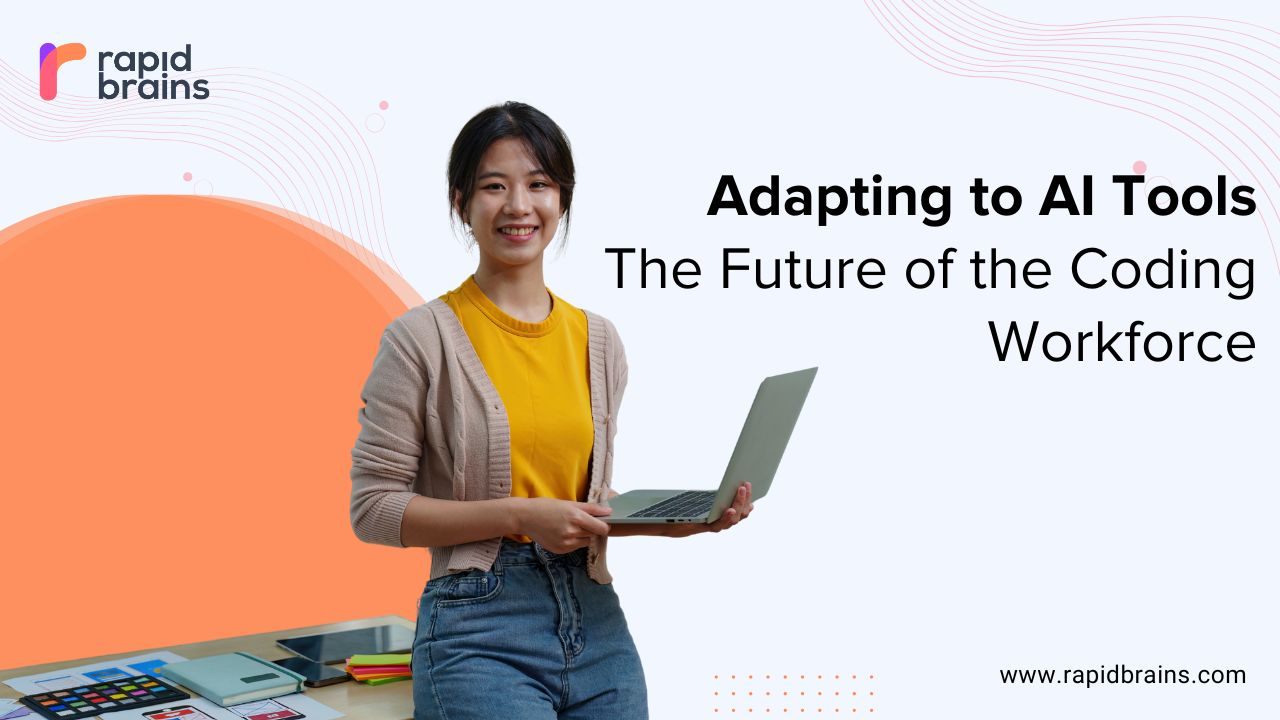
Introduction
The way that organizations and people access and manage their data, applications, and services has been completely changed because to the development of the cloud computing industry. It is the supply of computing resources, such as servers, storage, databases, networking, software, and more, via the internet. Cloud computing enables consumers to make use of distant servers and data centers offered by cloud service providers as opposed to local, on-premises equipment.
The main goal of cloud computing is to give consumers flexibility, scalability, and cost-effectiveness. Organizations can use and access computing resources as needed, paying only for what they use. Cloud computing has become a pillar of the contemporary digital landscape as a result of this departure from conventional IT methods and its numerous advantages.
Three basic models are generally used to classify cloud services
Software as a Service (SaaS)
A specific category of cloud computing service known as “Software as a Service” (SaaS) allows for the hosting of software programs and online access by users. Users must pay a subscription fee to access SaaS programs, which are often accessed using a web browser. Project management tools, email services, and customer relationship management (CRM) software are a few examples of SaaS applications.
Infrastructure as a Service (IaaS)
As a sort of cloud computing service, infrastructure as a service (IaaS) makes virtualized computer resources (such servers, storage, and networking) available online. They may create, launch, and manage their apps and services using these resources. Customers can manage and maintain the software applications they use to run on the virtual infrastructure with IaaS.
Platform as a Service (PaaS)
A specific category of cloud computing service known as Platform as a Service (PaaS) gives users access to a platform for creating, deploying, and managing applications. PaaS companies often give developers with tools and services to build, test, and deploy applications as well as the ability to manage the infrastructure itself. PaaS offers more control and flexibility than SaaS but with less administration burden than IaaS, making it a good compromise between the two.
2023’s Top Cloud Computing Trends
Improvements in AI/ML Capabilities
Machine learning technology has been actively developed by businesses like AWS, and continual efforts are being made to integrate it into their services, including the most recent AWS DeepLens camera.
Google also emphasizes machine learning heavily and offers a variety of products built on this technology. For instance, Google Lens, which was just released, enables users to learn more about items by merely pointing their camera at them. In the upcoming year, it’s likely that this technology will be used in more Google products, demonstrating the company’s understanding of the critical position machine learning plays in their AI plan.
Trends in Cloud Computing: The Rise of Citizen Developers
The growth of citizen developers is among the important developments in cloud computing. The idea of citizen developers gives people who may not have coding skills the ability to take advantage of the potential of networked systems. Even folks without in-depth knowledge of computer science may now link well-known APIs and create customized automation thanks to tools like If This Then That.
Expect the release of user-friendly solutions from well-known firms like Microsoft, AWS, Google, and others as 2023 progresses. These tools’ simple drag-and-drop interfaces will make it easier to create sophisticated applications. Leading the pack in this field is Microsoft’s Power Platform, which includes Power Apps, Power Flow, Power AI, and Power Builder. When combined, these four tools make it possible to create complex mobile and online applications that seamlessly work with other business tools. With the launch of HoneyCode, AWS is also making progress in this area.
Making use of Kubernetes and Docker to Manage Cloud Deployment
The open-source container orchestration technology Kubernetes provides automation for setting up, scalability, and managing containerized applications. Developers can encapsulate their apps with the help of Docker, a popular containerization tool, making them cross-platform compatible. By increasing and simplifying the deployment and scaling of apps, Kubernetes and Docker have the potential to completely change how developers handle cloud deployments.
Digital Age Cloud Security and Durability
Security and durability are the top priorities as firms move their activities more and more to the cloud. As a result, cloud service providers are investing heavily on improving security and resilience controls to protect client data. These expenditures include crucial components that guarantee the safety of consumer data, like data encryption, access controls, and disaster recovery.
Serverless Computing: A Revolution in the Cloud
Developers are given the ability to run code without having to manage servers thanks to serverless computing, a growing trend in cloud computing. This novel strategy offers two main benefits. In the first place, it drastically lowers infrastructure costs by doing away with the requirement for server provisioning and upkeep. Second, it improves scalability, enabling programs to adapt to changing workloads automatically. This architecture is perfect for contemporary, event-driven apps since cloud providers take care of the underlying infrastructure, freeing developers to concentrate only on creating code.
Cloud computing and blockchain
Blockchain, a distributed ledger technology, and cloud computing are being combined to encourage the creation of new services and applications. Blockchain-as-a-Service (BaaS) solutions are now available from cloud service providers, enabling companies to develop and deploy blockchain applications directly from the cloud environment.
Cloud providers and IoT
The Internet of Things (IoT) sector is one that is fast growing and has drawn significant investment from cloud providers. This partnership intends to overcome the difficulties associated with managing and gaining value from the enormous amounts of data produced by IoT devices.
Utilizing their computing power and storage capacity, cloud providers offer customized platforms to simplify data collecting and analysis from IoT devices. Real-time data insights, increased scalability, and greater security are all benefits of this integration.
Additionally, cloud service providers provide IoT-specific services like analytics and machine learning technologies that give insightful data for a variety of sectors. Future of connected technologies will be shaped by the integration of IoT and cloud computing, fostering innovation and efficiency.
Cloud Services with Low-Code and No-Code
The way businesses develop applications and services is changing because to low-code and no-code cloud services. These platforms encourage agility, quick prototyping, and cost-effectiveness while opening up development to a wider audience. Reducing the need for specialized developers enables businesses to react quickly to market changes, giving them a competitive advantage and improving customer service.
Cloud DevSecOps: Bringing Security Into Development
The approach known as DevSecOps, which stands for Development, Security, and Operations, seamlessly integrates security into the software development process. Cloud service providers are stepping up to give enterprises with the tools and resources they need to deploy DevSecOps strategies. This method makes sure security is woven throughout the development process by incorporating secure code, ongoing security testing, threat modeling, and compliance monitoring. DevSecOps decreases vulnerabilities, lowers risks, and encourages agile, safe software development in the cloud by proactively addressing security concerns.
Cloud-based Service Mesh: Managing Microservices
A key component in cloud-based applications that makes managing microservices easier is service mesh. In order to handle the complexity of a microservices architecture, it provides load balancing, traffic management, and strong security features. Service mesh solutions are increasingly being offered by cloud providers to simplify implementation. In contemporary cloud systems, this technology is essential for enabling effective and secure communication across microservices.
Conclusion
In 2023, the cloud computing environment is expected to include a fascinating mix of revolutionary ideas. The cloud is transforming the digital world, from the rise of AI and machine learning to the empowering of citizen developers and the introduction of serverless computing.
Innovation and efficiency are being fueled by low-code/no-code platforms, IoT integration, and blockchain technology. DevSecOps techniques are simultaneously improving security. Microservices management is made easier by service mesh. In essence, cloud computing gives companies more flexibility, scalability, and security. The digital landscape is set to change as a result of these changes, opening up new opportunities and expanding the realm of what is conceivable.




